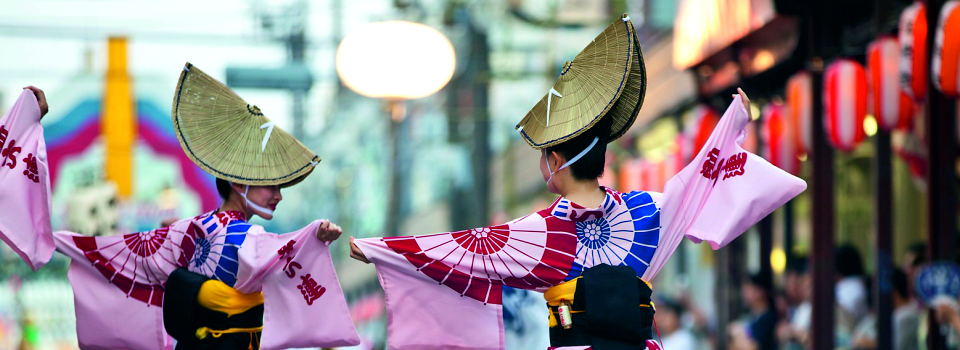
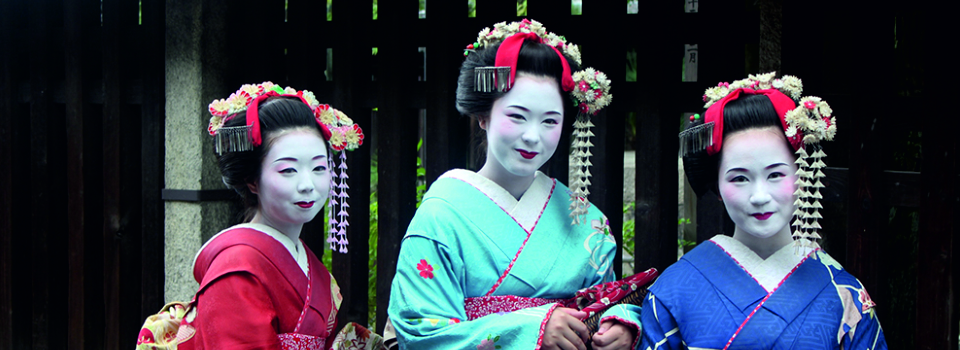
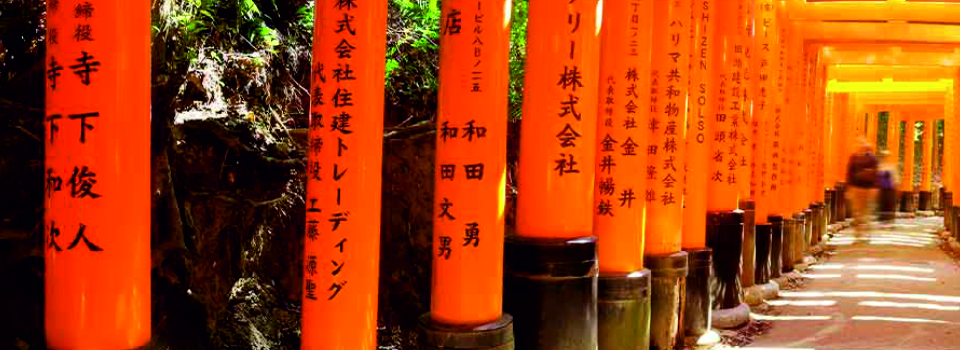
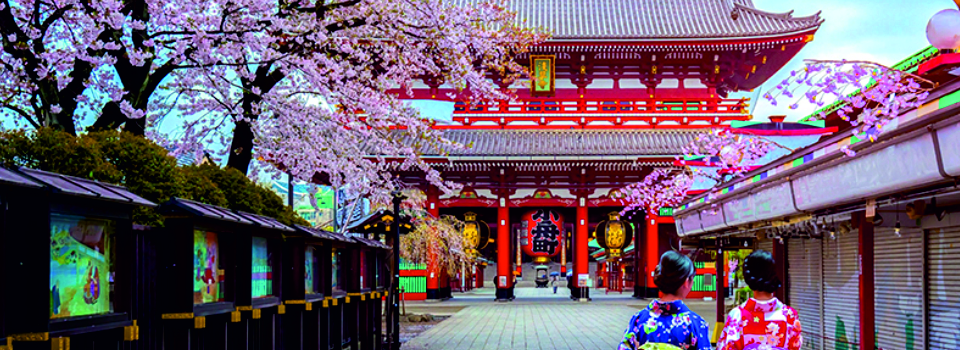
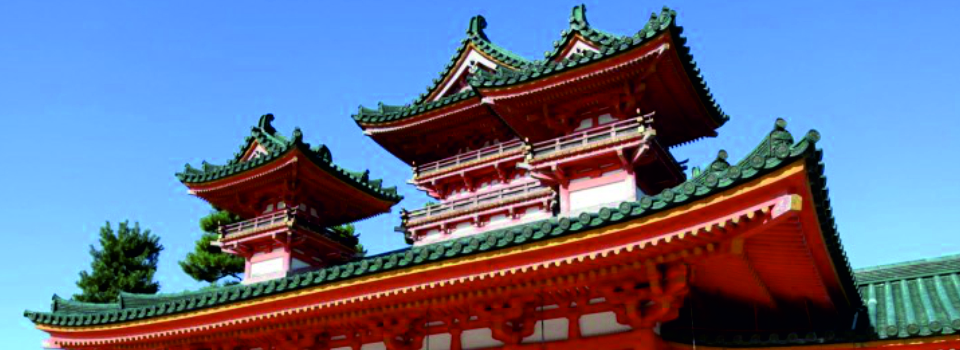
- your gateway to a getaway -

GourmetPro is a company based in Japan dedicated to help the food and beverage industry grow internationally. Our experts combine more than 20 years of immersion and achievements in the Digital Innovation field and the Food & Beverage market in Japan.

Japan Airlines customers travelling on Vistara will enjoy complimentary meals and will be able to choose between three different cabins, including India’s only Premium Economy class. Japan Airlines Mileage Bank members can also earn miles when booking on ‘JL’ coded Vistara flights.

With The Okura Tokyo as its flagship, Okura Hotels & Resorts (OHR) is a hotel group with a presence in Japan and around the world. Its facilities mix Japanese traditional beauty and Western functionality, and OHR provides goods and services that strive to offer meticulous Japanese hospitality.
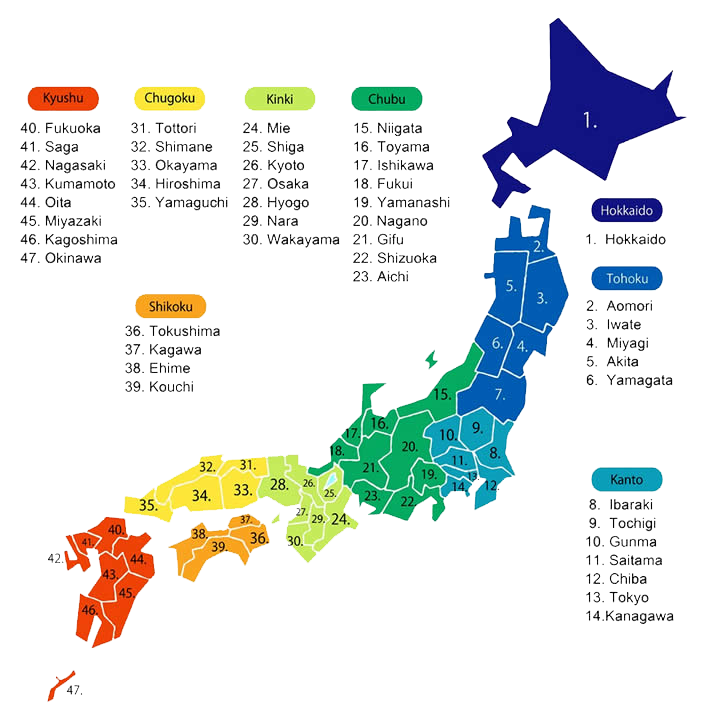
Japanese culture is ancient and is filled with rites and traditions to honor the family. Because Japan is an island country, it was able to moderate the influence of other cultures for centuries. This allowed a distinct culture and heritage to develop for the beautiful Land of the Rising Sun. Two major religions influence Japanese traditions and culture: Shintoism and Buddhism. Shintoism has been practiced in Japan for over 2,000 years. Simply said, Shintoism is the belief in kami (gods). Because Shintoism has a lot to do with rituals, some Japanese may not feel it is a religion at all, but rather a way to celebrate many of Japan’s social traditions. For this reason, Buddhism can be practiced right alongside Shinto customs.

Hatsu Miyamairi, or Omiyamairi, meaning “shrine visit,” is a
precious family tradition for the close loved ones of a newborn
baby. Parents or grandparents bring the baby to a Shinto shrine for
this special rite of passage. Traditionally done 31 days after the
birth of a boy and 33 days after the birth of a girl, this Japanese
Shinto tradition shows gratitude for the birth of the child.
Babies are dressed in a white kimono or special white dress and are
most often carried by their grandmother. The shrine priest says a
prayer for the health and happiness of the newborn.
Seijin no Hi, or Coming of Age Day, is another rite of passage in
Japanese culture. It welcomes into adulthood those who have turned
age 20 and is held each year on the second Monday in January.
Seijin no Hi has been practiced in Japan since AD 714, when a young
prince dressed in new robes and changed his hairstyle to reflect his
passage into adulthood.
On this celebration day, new adults gather and enjoy encouraging
speeches from government officials.
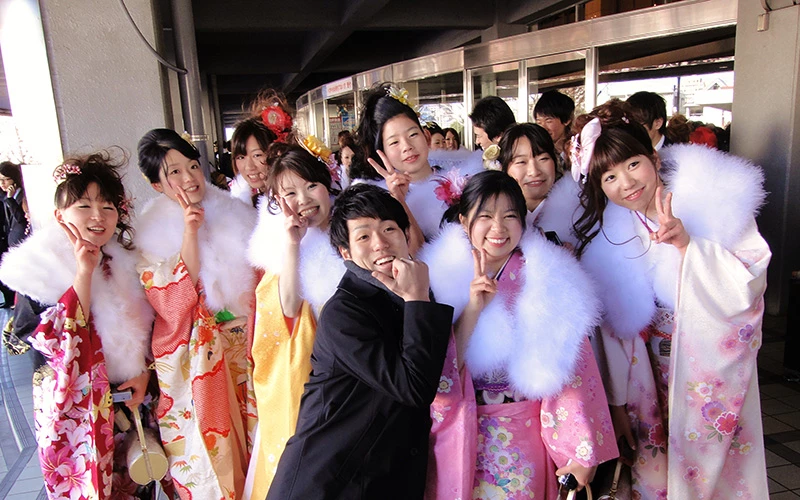
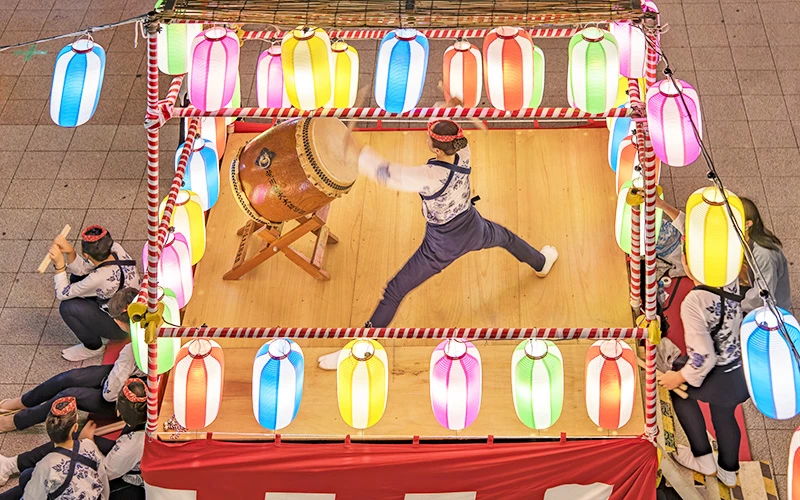
The Obon festival is a way the Japanese honor their ancestors. This
three-day summer festival has been celebrated for more than 500
years and takes place in July or August.
This Japanese Buddhist tradition encourages people to return to
their ancestral family home places and clean and visit the graves of
their ancestors. The spirits of the ancestors are said to revisit
the family altars. Gifts of food, alcohol, and flowers are often
left on the gravestone and altar as a respectful gesture to those
who have passed away.
Traditional Japanese homes have very distinctive elements that make
them unique, such as rush-and-cloth flooring called tatami mats,
sliding doors called fusuma, and a kamidana or butsudan, which are
house altars or shrines.
Home altars and shrines are for paying respect to ancestors and for
worship. A Buddist often has a butsudan altar, which resembles a
cabinet. Within the cabinet is usually a Buddha figurine,
candlesticks, incense sticks, bells, and a place to leave offerings
in the altar.
A kamidana is a miniature Shinto shrine in the home. Amulets or
talismans are placed inside the shrine. As in traditional shrines
found in a city or town, a rope hangs across the top, with white
pieces of paper hanging from it. This rope and paper show the kami,
or god, the purity of shrine. You may also see vases, candlesticks,
and white dishes for offerings of water, sake, and food.
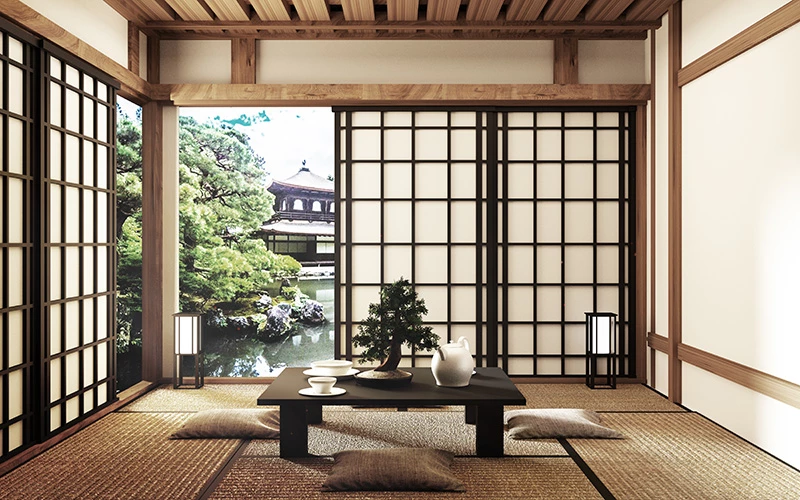
Forty years ago, Suwa Seikosha employee Yukio Yokozawa received a patent for inventing the first-ever laptop-sized notebook PC. Featuring an LCD screen, full-size keyboard, built-in rechargeable batteries and a printer, the Epson HX-20 was hailed by BusinessWeek magazine as the “Fourth revolution in personal computing.” To commemorate this significant achievement, T O R I I looks back at some of our other favorite Japanese creations in the postwar years.
teamLab Planets TOKYO / チームラボ プラネッツ TOKYO。
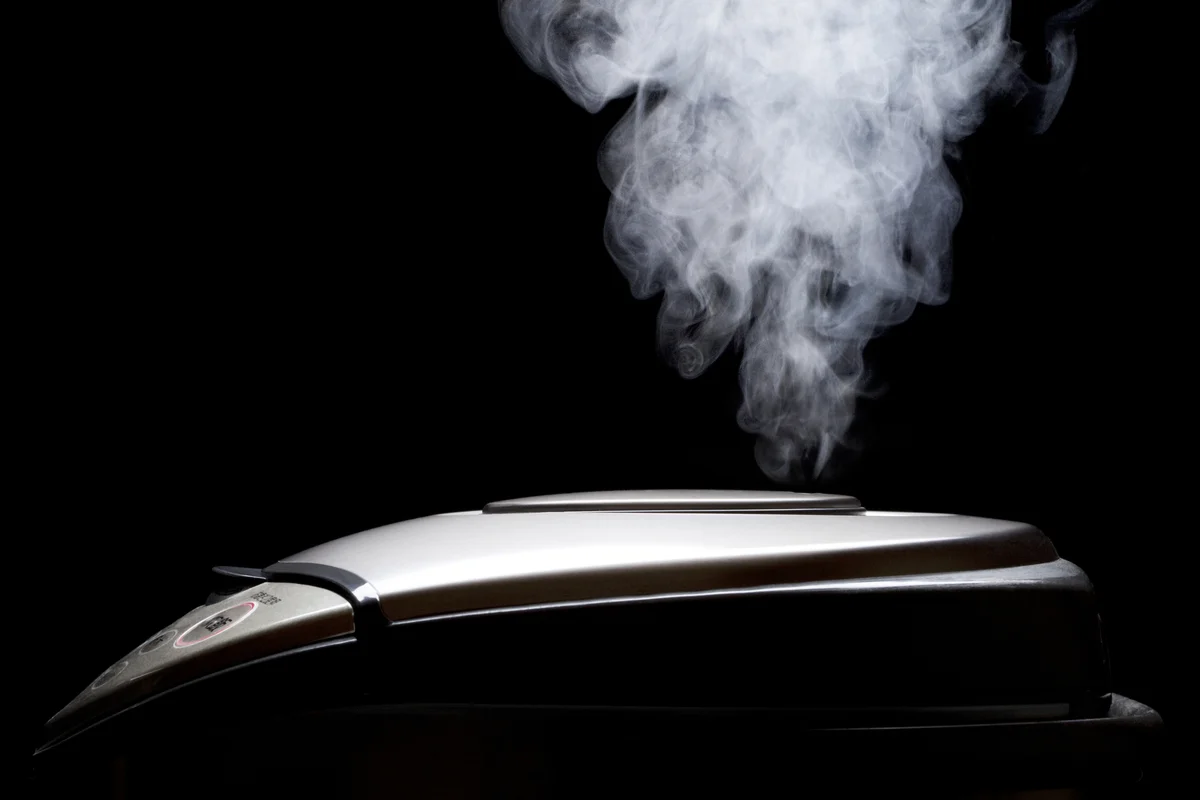
A simple yet extremely useful kitchen appliance consisting of a
heat source, cooking bowl and thermostat — the first electric rice
cookers (suihanki) — were produced by Mitsubishi Electric
Corporation in 1945. Unfortunately, they weren’t very
user-friendly back then as there was no automatic turn-off
facility, which meant the rice required constant supervision. In
1956, Yoshitada Minami invented a practical rice cooker with a
thermostat that switched off automatically and thus prevented the
rice from burning.
Toshiba started selling the cookers and within four years, they
could be found in around half of Japanese households. Today, it is
a Japanese kitchen staple.
At 6 am on October 1, 1964 two bullet trains (dangan ressha) left
simultaneously from Tokyo and Shin-Osaka stations, marking the
inauguration of the 0 Series Shinkansen. Launched nine days before
the Tokyo Olympics opening ceremony, these trains reached speeds of
up to 130 miles per hour (210 kph), making it possible to get from
the capital to Osaka in around four hours, almost three hours
shorter than the conventional limited express.
Today that journey can be done in two and a half hours on the Nozomi
bullet train with a top speed of close to 200 miles per hour. (320
kph).
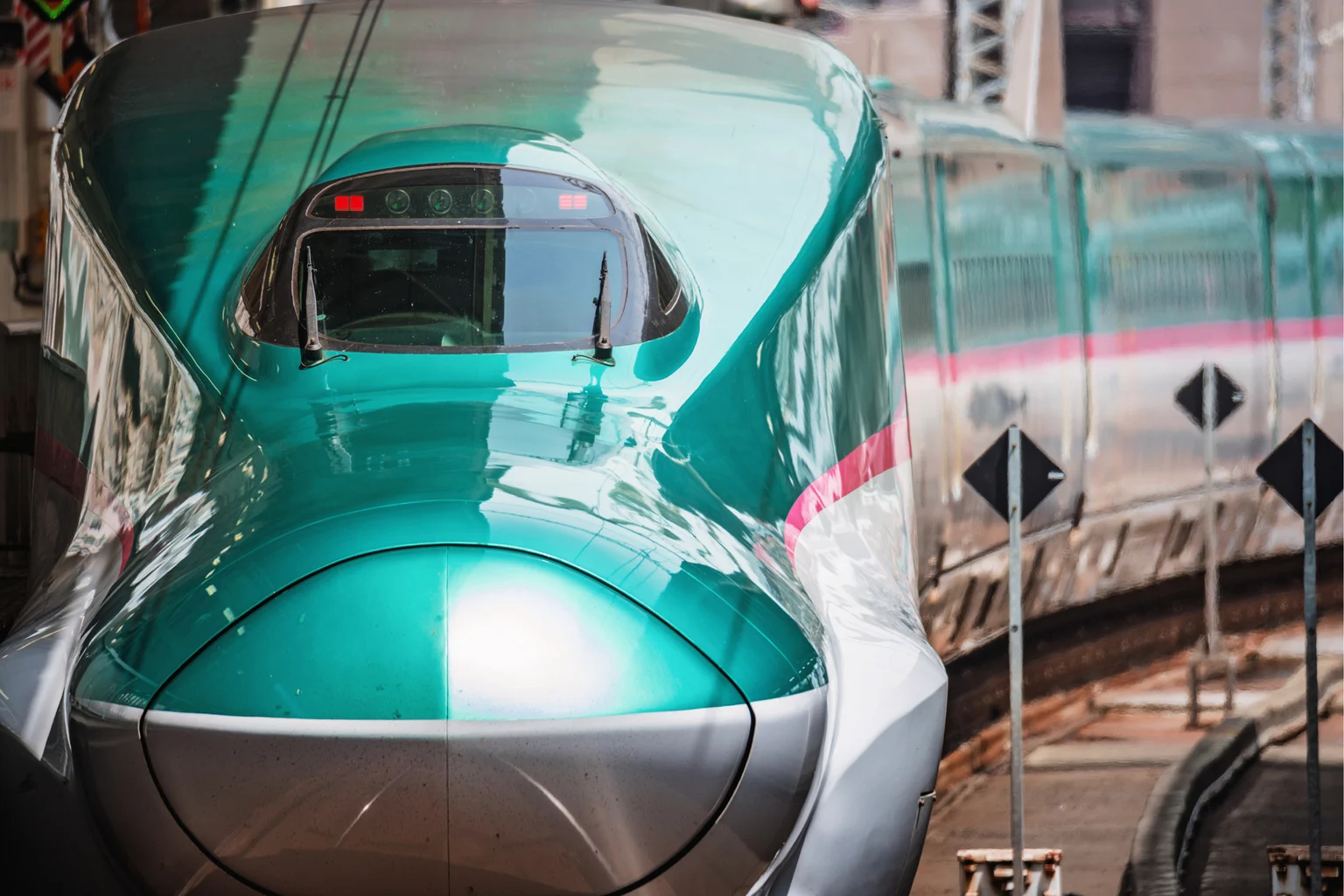
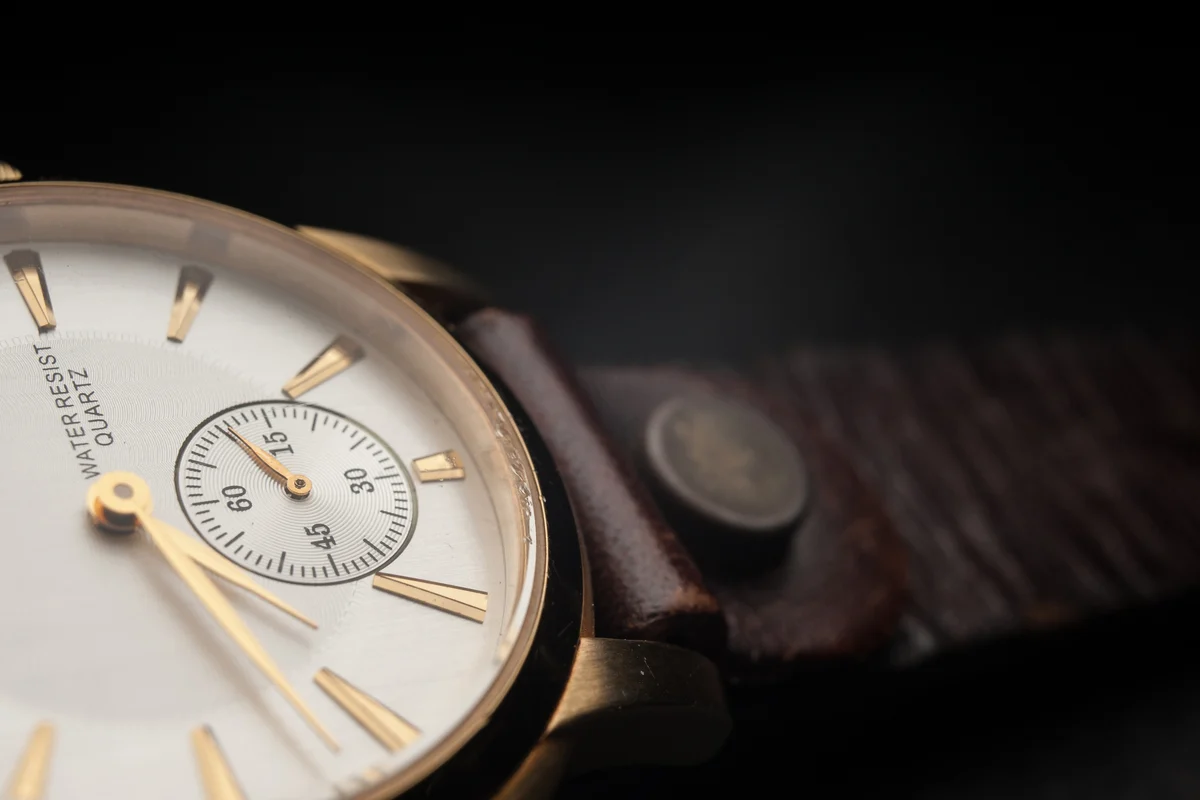
The story of quartz crystal as a timekeeping instrument began in
1880 when Pierre Curie (Marie’s future husband) and his younger
brother Jacques discovered its piezoelectric properties. The first
quartz clock was built by Bell Laboratories 47 years later, proving
much more accurate than its mechanical counterpart. The next big
challenge was squeezing all the components of the clock into a
wristwatch. No easy feat.
Seikosha became the first company to achieve that with the release
of the Seiko Quartz Astron on Christmas Day, 1969, a date that is
etched in the annals of horological history.
Wanting to help a friend who was slowly going blind, Seiichi Miyake
used his money to create tactile bricks (also known as tenji blocks)
so visually impaired pedestrians could be alerted to upcoming
dangers such as pavement curbs or platform edges at train stations.
Developed in 1965, the yellow bumpy surfaces, featuring dots and
bars, were installed along a highway near a school for the blind in
Okayama two years later.
The following decade, all Japan National Rail platforms were
mandated to include the invention. Tactile paving eventually became
commonplace in western countries in the 1990s.
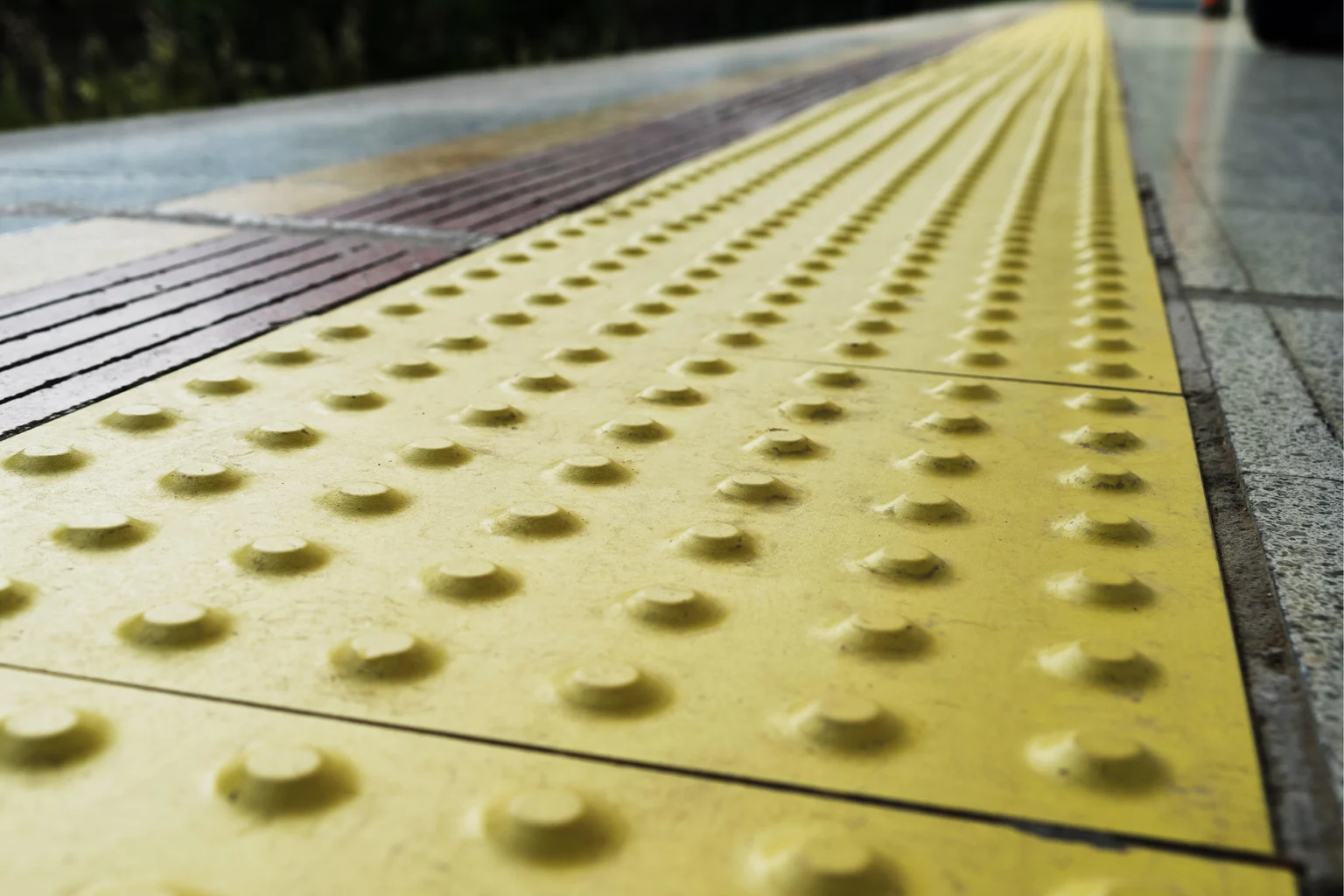

Known as the inventor of karaoke, Daisuke Inoue was described in
Time magazine as “one of the most influential Asians of the 20th
Century.” In 1971, his band provided back-up music at clubs for
businessmen wanting to take to the stage. Asked by a client to
accompany him on a business trip in 1971, he was unable to attend.
Instead, however, he supplied a recorded tape.
Realizing its potential, the drummer made a karaoke machine out of a
car stereo, coin box and amplifier that he then rented to bars in
Kobe. As he didn’t patent the invention, Inoue missed out on
millions. You can even enjoy karaoke while also riding one of
Japan’s state-of-the-art trains.
On July 1, 1979, 16 years after Dutch company Phillips developed
cassette technology, Sony released the TPS-L2 Walkman, a personal
cassette player that revolutionized the way people listened to
music.
The organization’s co-founder Masaru Ibuka, tired of lugging around
the bulky TC-D5 cassette recorder on business trips, asked executive
deputy president Norio Ohga to design a playback-only stereo version
optimized for headphone use (the original device had two earphone
jacks so two people could listen at once).
Predicted to sell around 5,000 units monthly, it sold upwards of
500,000 in the first two months.


When tourists visit Japan, one of the first things they usually
mention is how amazing the toilets are here. Toto is the company
responsible for these innovative lavatories that feature automatic
lids, heated seats and music to hide any embarrassing noises. It was
the creation of the washlet in 1980 that ushered in this new era of
high-tech toilets.
The idea was to integrate electric seats with bidet functions,
featuring a nozzle that extends and retracts at exactly 43 degrees,
known as the “golden angle.” The temperature of the water is always
warm, allowing for optimum comfort.
In 2014, Shuji Nakamura, an American citizen born and raised in
Japan, along with two Japanese scientists, Isamu Akasaki and Hiroshi
Amano, won the Nobel Prize in physics for the invention of blue
light-emitting diodes (LEDs). Their accomplishment in 1992 solved a
long-standing issue that proved extremely challenging for
scientists.
Though green and red LEDs had been around for many years, without
the blue diodes, it wouldn’t have been possible to produce the white
light we see in LED-based computer and TV screens today. Lighting is
now more energy-efficient and cost-effective.


An anglicized version of two Japanese words meaning “picture
character,” emojis first appeared in Japan at the end of the 20th
Century. The SkyWalker DP-211 SW, released by Softbank (then known
as J-Phone) on November 1, 1997, was believed to be the first mobile
phone to feature the pictograms. There were 90 in total, all in
black in white, including the iconic poop symbol.
Two years later, Shigetaka Kurita designed a set of 176 cartoon-like
images in color using a 12 by 12 pixels canvas for Docomo. There are
now more than 3,000 emojis in the Unicode Standard. The “face with
tears of joy” is said to be the most frequently used emoji.